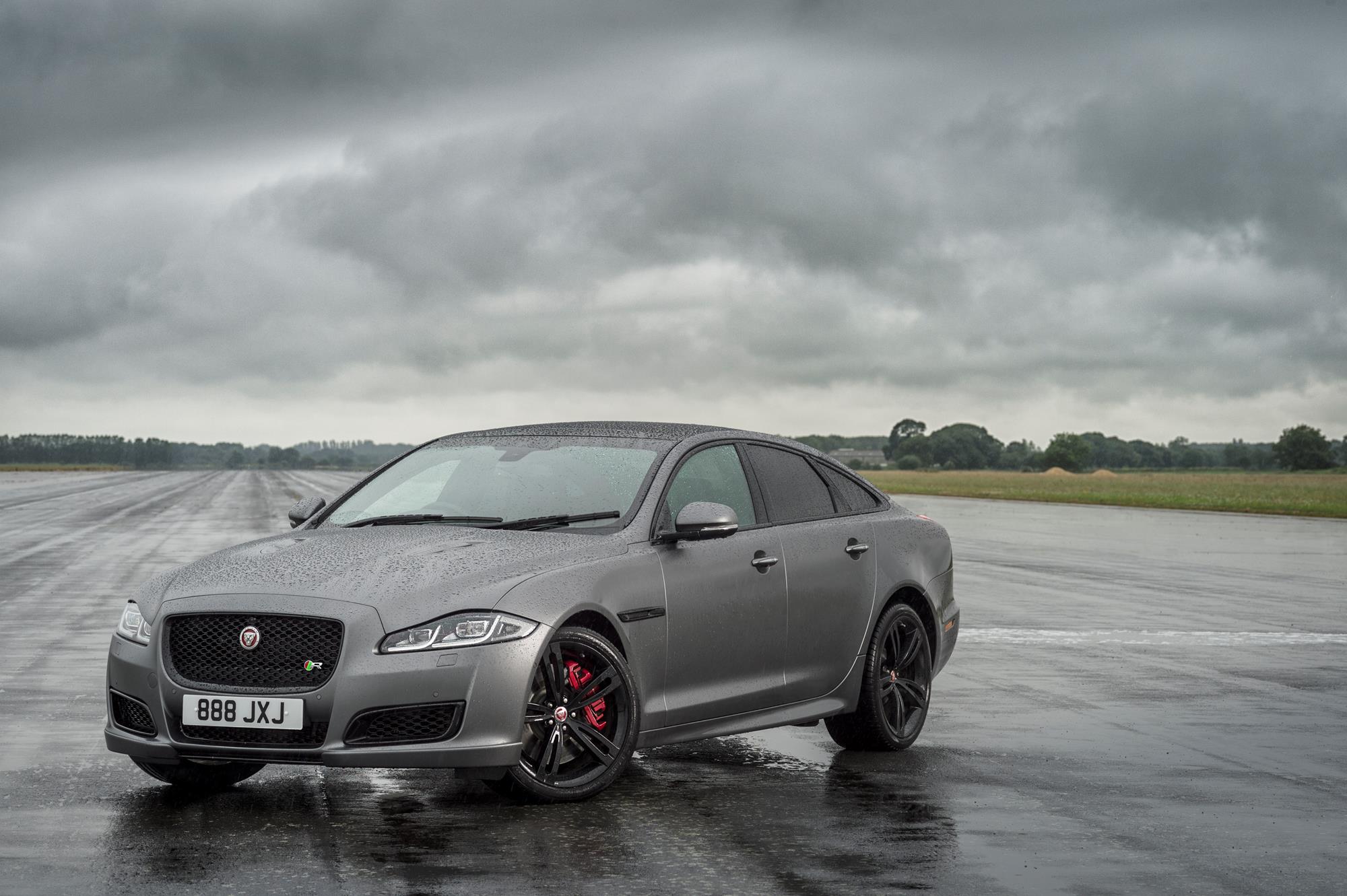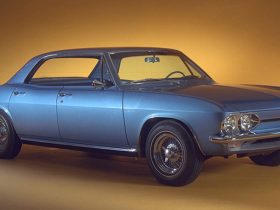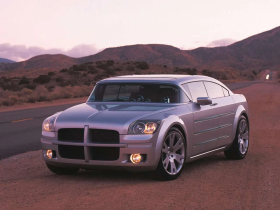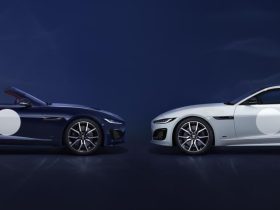In the mid-1960s, Jaguar’s engineering director William Heynes wanted to build a race-winning car for Le Mans. While he got his dream of building the car, it was never raced or produced beyond the single, gorgeous, and powerful prototype XJ13 V12 Prototype Racer.
For years, Jaguar had toyed with the idea of a dual-overhead cam V12 engine for racing. The plan was, in general, to produce a DOHC for racing and a single-OHC for road use. This would be opposite the engines Jaguar had used before, which were initially produced for road-going and then adapted for racing.
Working from this premise, Jaguar developed a V12 based on two XK six-cylinder engines mated and with several changes to overcome balance and access issues. The result was a V12 engine with a combustion and inlet port shape different than the XK it was based upon and with more acute valve angles for better performance. This new engine was operational in 1964.
Meanwhile, Heynes had introduced the design structure for a mid-engined prototype in 1960 and steadily worked on its structure and look until it was finally given the OK for one-off construction in 1965. An aluminum body exterior, designed by Malcomlm Sayer (who’d worked on the C- and D-type cars for aerodynamics), was made. Sayer was known for using his aircraft design background and aircraft industry technologies in his work. Underneath that bodywork was a chassis and framing designed initially by Heynes and then perfected by an engineering team overseen by him.
Working in Jaguar’s Browns Lane experimental department shop, the team brought in an experienced racer David Hobbs after Jack Barbham turned down the offer due to his schedule. Hobbs test drove the prototype as it developed, giving input on various mechanical changes. Eventually, the finished XJ13 V12 Prototype was completed and Hobbs achieved an unofficial UK closed lap record with the car that held for 32 years. Hobbs was soon rated one of the best FIA drivers in the world in 1969.
At Silverstone, Hobbs was joined by now-famed Richard Attwood, a freshly graduated apprentice at the time, for full racing speed tests at Silverstone. The final test of the prototype which, at the time, was expected to enter production as a limited racing model.
At that point, the XJ13 was a mid-engined, open top racing car with a 5.0-liter V12 powerplant. It produced 502 horsepower at 7,600 rpm. A five-speed manual transmission from ZF Transaxle drove the rear wheels. Front suspension wishbones were similar to the E-Type of the period, but used coil springs and dampers instead of a longitudinal torsion bars. Two long radius arms per side were added for more downforce on the wheels.
By the time the prototype was finished, hwoever, the XJ13 was considered obsolete given Jaguar’s merger with BMC and the new dominance of Ford’s 7.0L GT40. So the XJ13 V12 Prototype was put into storage shortly after completion.
Not much later, however, Jaguar needed the XJ13 for some marketing promotion. The upcoming Series 3 E-type was about to launch, so in 1971 Jaguar pulled the XJ13 out of its short time in storage and filmed it for an opening sequence to a film promoting the new Series 3 V12 E-type. The XJ13 was taken to MIRA for filming and driven by Norman Dewis, a Jaguar test driver. Against the instructions of the Jaguar’s director, Lofty England, Dewis took the XJ13 onto the track with a damaged tire instead of waiting on a replacement. That decision resulted in a crash that nearly destroyed the car. The driver was unhurt, but the heavily damaged XJ13 Prototype was put into storage again.
A few years later, still sitting in storage in its wrecked state, the car was spotted by Edward Loades, owner of Abbey Panels. He offered to restore the car to specifications similar to its original and England agreed. Using some of the body jigs also stored with the XJ13, this was possible. The mid-1970s restoration cost about 1,000 British Pounds at the time.
The restored car was paraded at Silverstone by Lofty England during the British Grand Prix meeting and is now housed in the British Motor Museum at Gaydon.
A licensed replica, made by Neville Swales of Building the Legend, was made of the XJ13 Prototype as it was pre-crash. The 2016 replica was shown at Curborough alongside surviving members of the original project team and Jaguar VIPs. Replicas and “inspired by” versions of the after-restoration Jaguar XJ13 have been made by Proteus, Charles Motors, and The Sports Car Factory.
Photos courtesy of Wikimedia.












